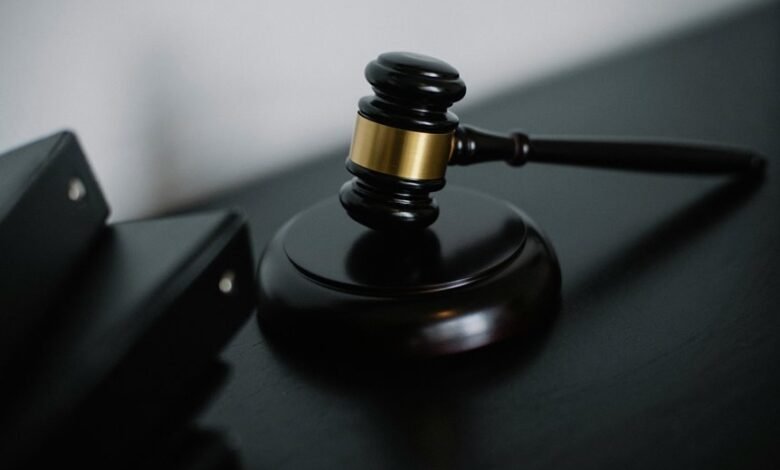Photoscompangante: O Papel das Imagens em Processos Judiciais

The role of images in judicial processes warrants careful examination. Visual evidence often shapes jury decision-making, providing clarity and enhancing engagement. Various types of visual aids, from photographs to digital displays, can significantly influence jurors' perceptions. However, the emotional resonance of these images may overshadow factual analysis. This duality raises essential questions about the integrity of legal outcomes and the responsibilities of legal practitioners in presenting visual evidence. What implications does this hold for the justice system?
The Impact of Visual Evidence on Jury Decision-Making
While jurors are tasked with making impartial decisions based on the evidence presented, the influence of visual evidence on their judgment can be profound.
Visual persuasion significantly shapes jury perception, often swaying opinions more effectively than verbal arguments alone. This inherent bias towards imagery can lead to emotional responses, potentially overshadowing objective analysis, thereby affecting the fairness and integrity of judicial outcomes.
Types of Visual Aids Used in Courtrooms
Various types of visual aids are employed in courtrooms to enhance the understanding of complex evidence and facilitate juror comprehension.
Photographic evidence serves as a crucial component, providing tangible context to cases.
Additionally, courtroom technology, such as digital displays and interactive presentations, allows for dynamic engagement with evidence, ultimately aiding in the clarity and retention of critical information during proceedings.
Challenges and Considerations in Using Images as Evidence
The use of images as evidence in judicial processes brings with it a range of challenges that must be carefully navigated to ensure fair proceedings.
Key considerations include establishing image authenticity and adhering to stringent legal standards. Courts must evaluate the reliability and context of visual evidence to prevent potential misinterpretation, thereby safeguarding the integrity of the judicial process and the rights of all parties involved.
Conclusion
In summary, while visual evidence serves as a powerful beacon guiding jurors through the intricate maze of judicial decision-making, it casts shadows of emotional bias that can obscure objective analysis. The careful integration of images into courtroom proceedings necessitates a delicate balance between enhancing understanding and preserving impartiality. As the scales of justice tip between fact and feeling, it becomes paramount for legal practitioners to wield visual aids with both insight and caution, ensuring fairness in the pursuit of truth.





